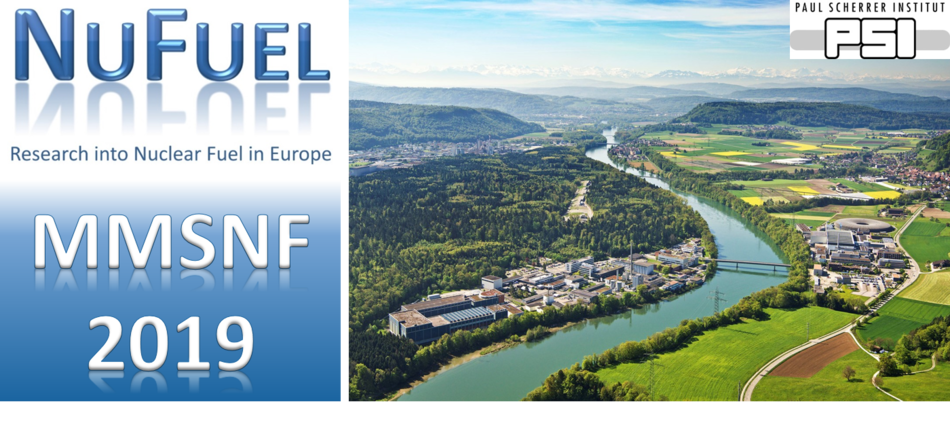Speaker
Marcelle Ibrahim
(CEA)
Description
PLEIADES is a scientific code platform dedicated to nuclear fuel
behaviour simulation for several types of reactors: water cooled
reactors, sodium cooled fast reactors, research and material testing
reactors, etc. In this platform, the microstructures of these
different types of fuel are studied using VER software (Representative
Elementary Volume). These studies aim at the comprehension of the
thermo-mechanical phenomena at the microscopic scale, and their
homogenisation for implementation of their effective behaviour in fuel
performance codes. Here are some applications:
- UO$_2$ fuel is a poly-crystalline ceramic
(Figure 1). The mechanical behaviour of each
crystal can be modelled with crystalline plasticity, based on
dislocation mouvement. An overall behaviour is then deduced by
homogenisation. - MOX fuel contains heterogeneity due to the variation of Pu
concentration on a microscopic scale. This can lead to stress and
strain concentration near the Pu rich agglomerate. This
heterogeneity can be simulated either with discontinuous geometry
(Pu rich inclusions in Pu poor matrix, Figure 2), or
with continuous Pu field (Figure 3). The
macroscopic mechanical behaviour is established using homogenisation
methods such as Mori-Tanaka or reduction techniques like Nonuniform
Transformation Field Analysis. - In some fuels, flat porosity is formed around the
agglomerates. Simulations of these microstructures are carried out
(Figure 4) in order to study the degradation of the
fuel conductivity due to this porosity. - For accident tolerant fuel, new concepts are studied, such as adding
a highly conductive phase to the fuel. This is shown in
Figure 5, where the metal phase around the agglomerates
enhances the pellet conductivity.
Author
Marcelle Ibrahim
(CEA)
Co-authors
Dr
Luc Portelette
(CEA)
Mr
Akram El Abdi
(CEA)
Mrs
Joane-Valerie MEYNARD
(CEA)
Dr
Bernard Valentin
(CEA)

